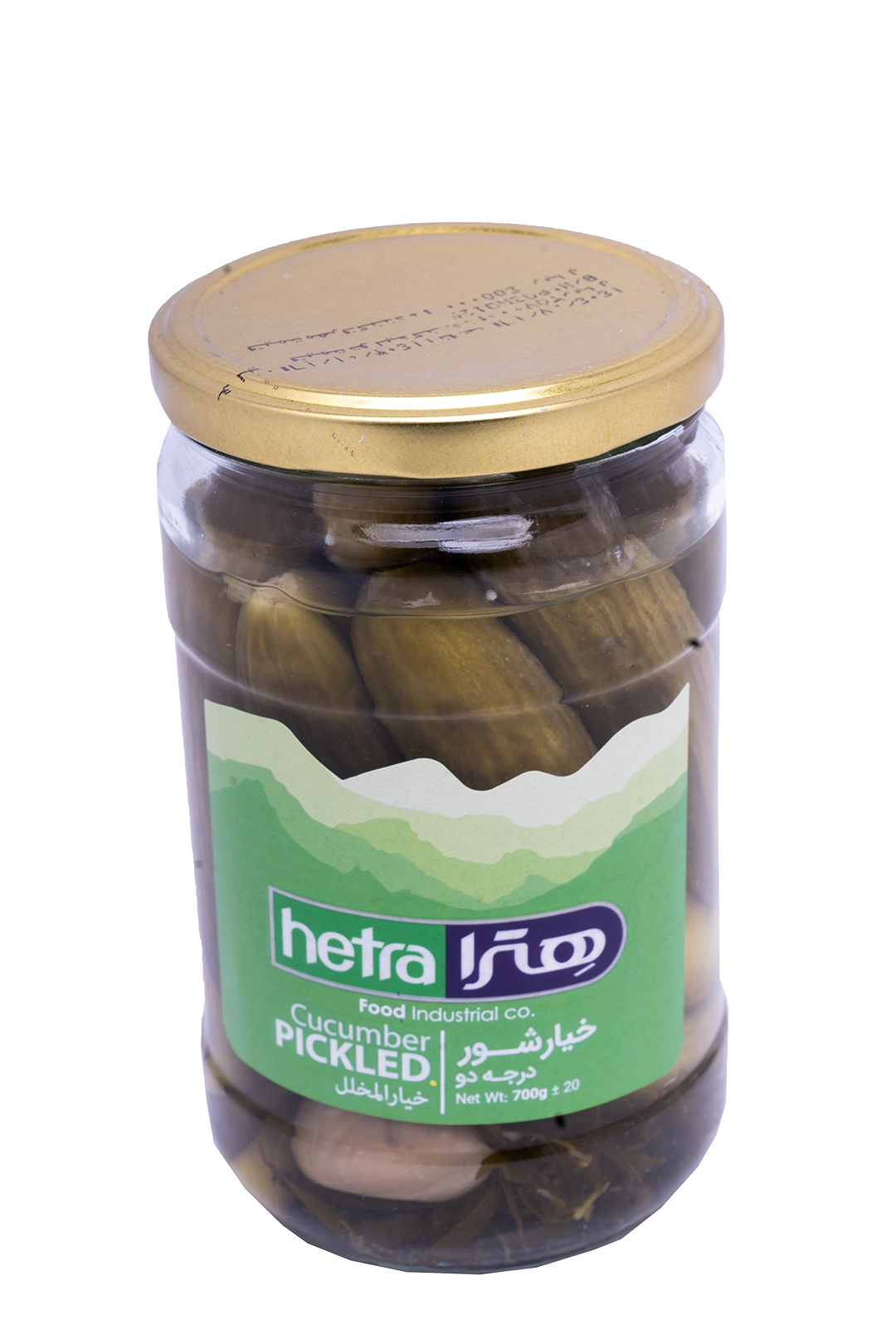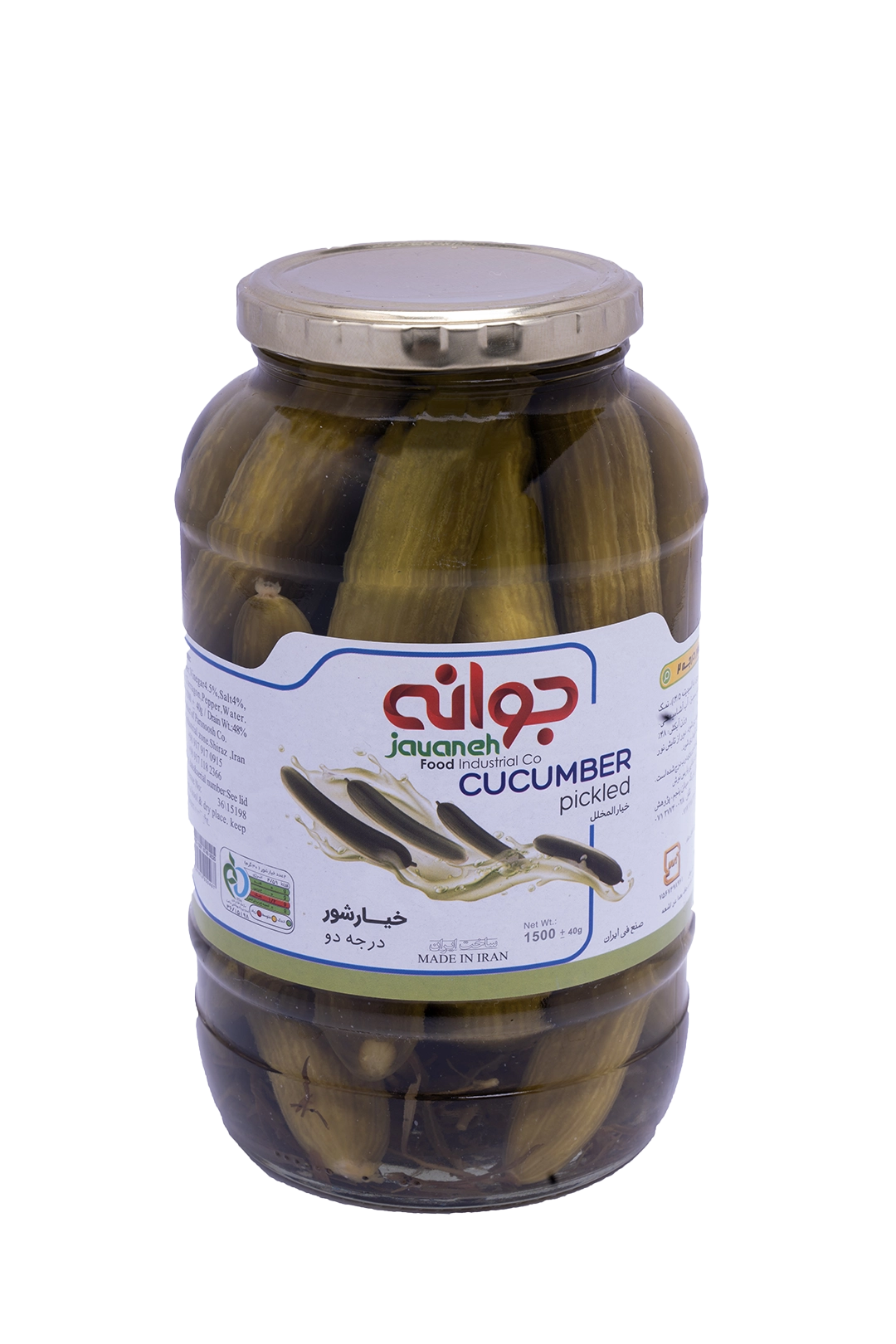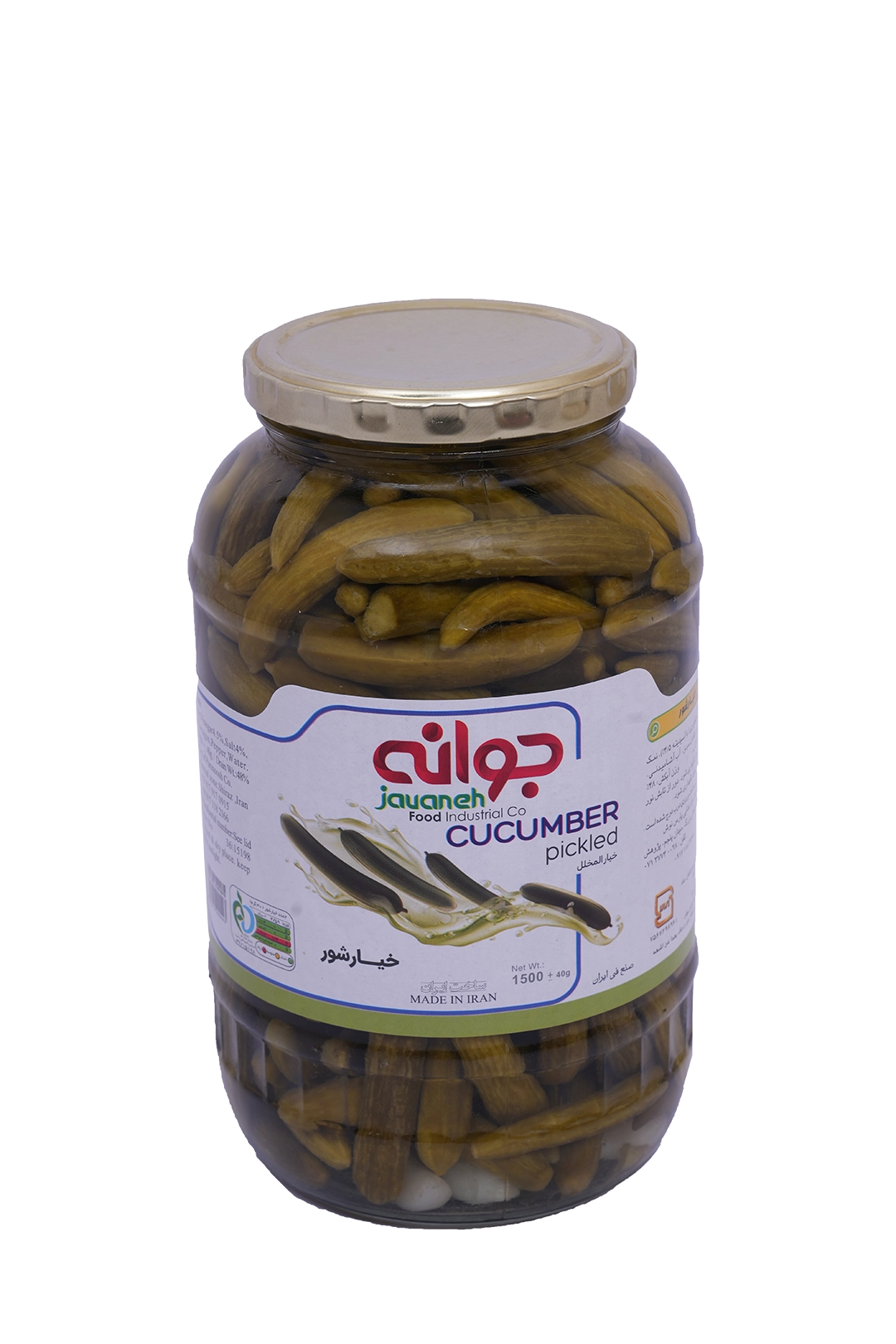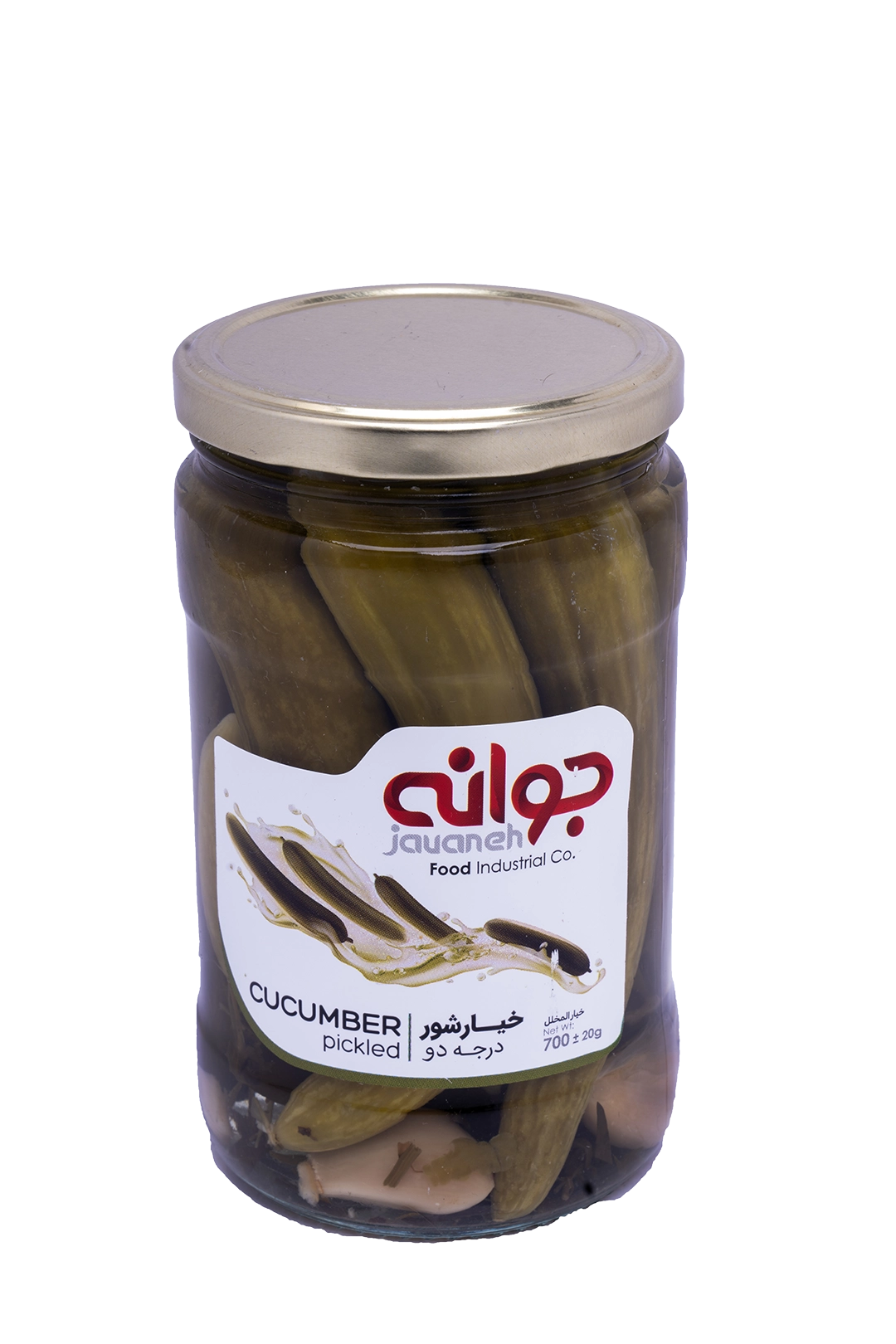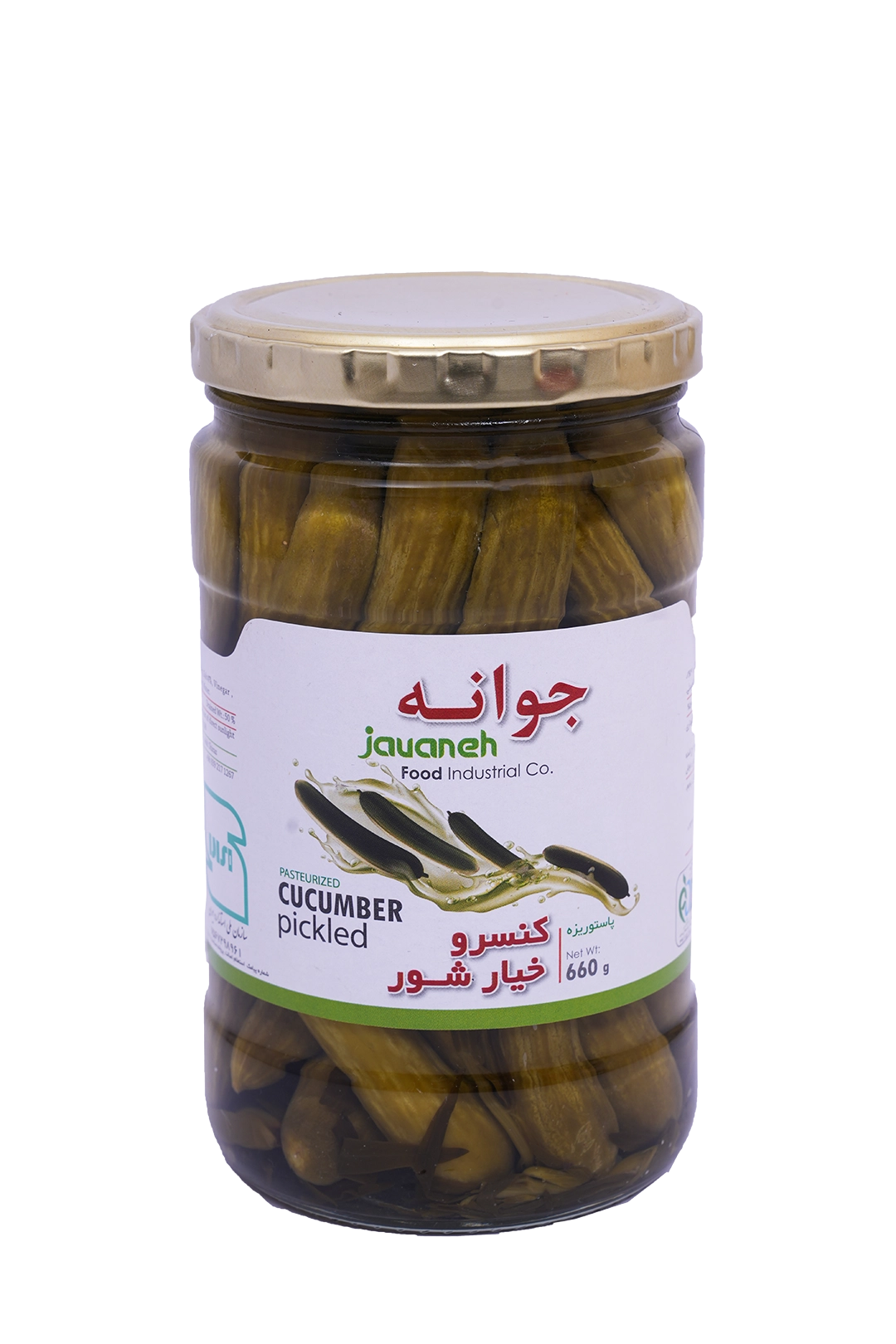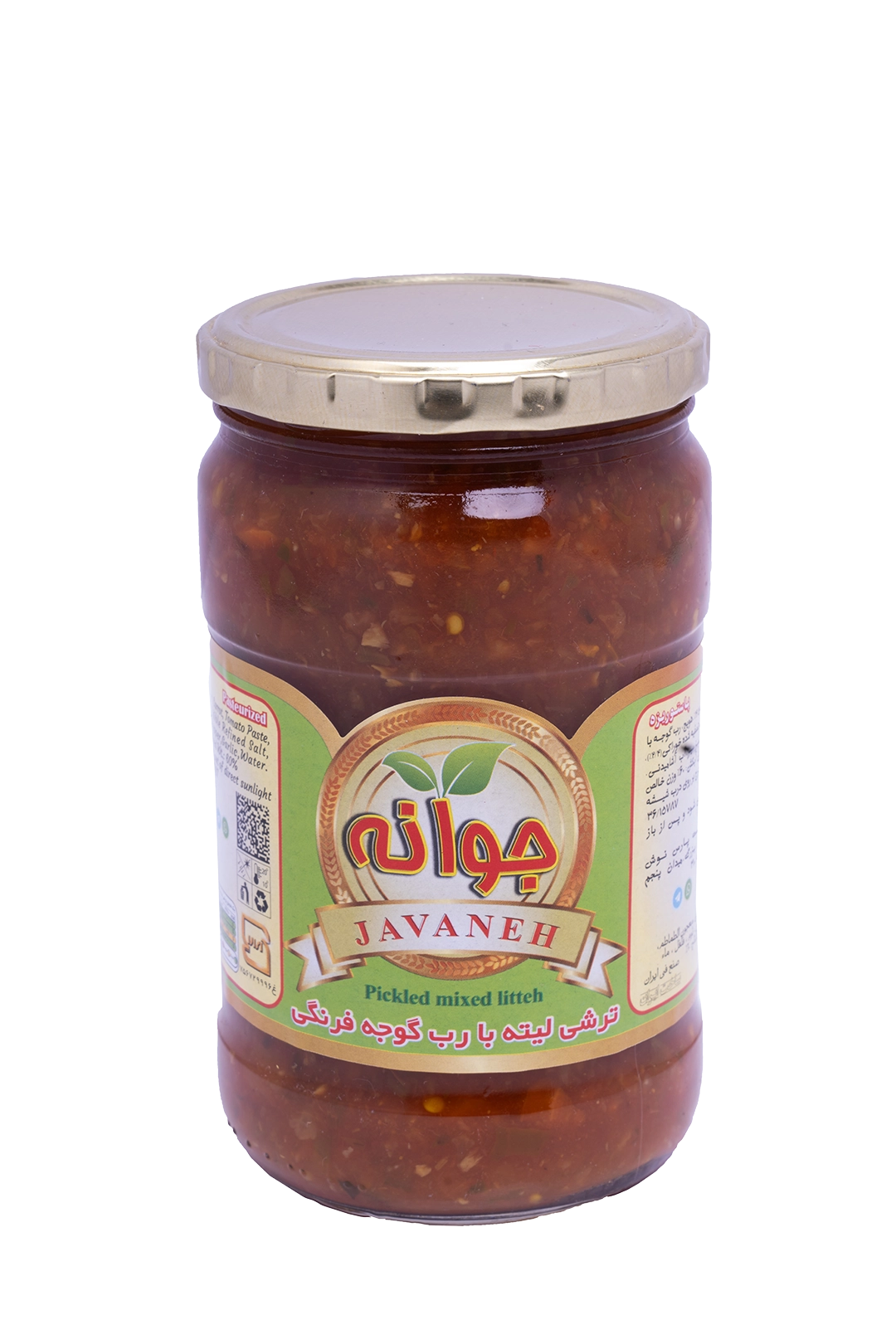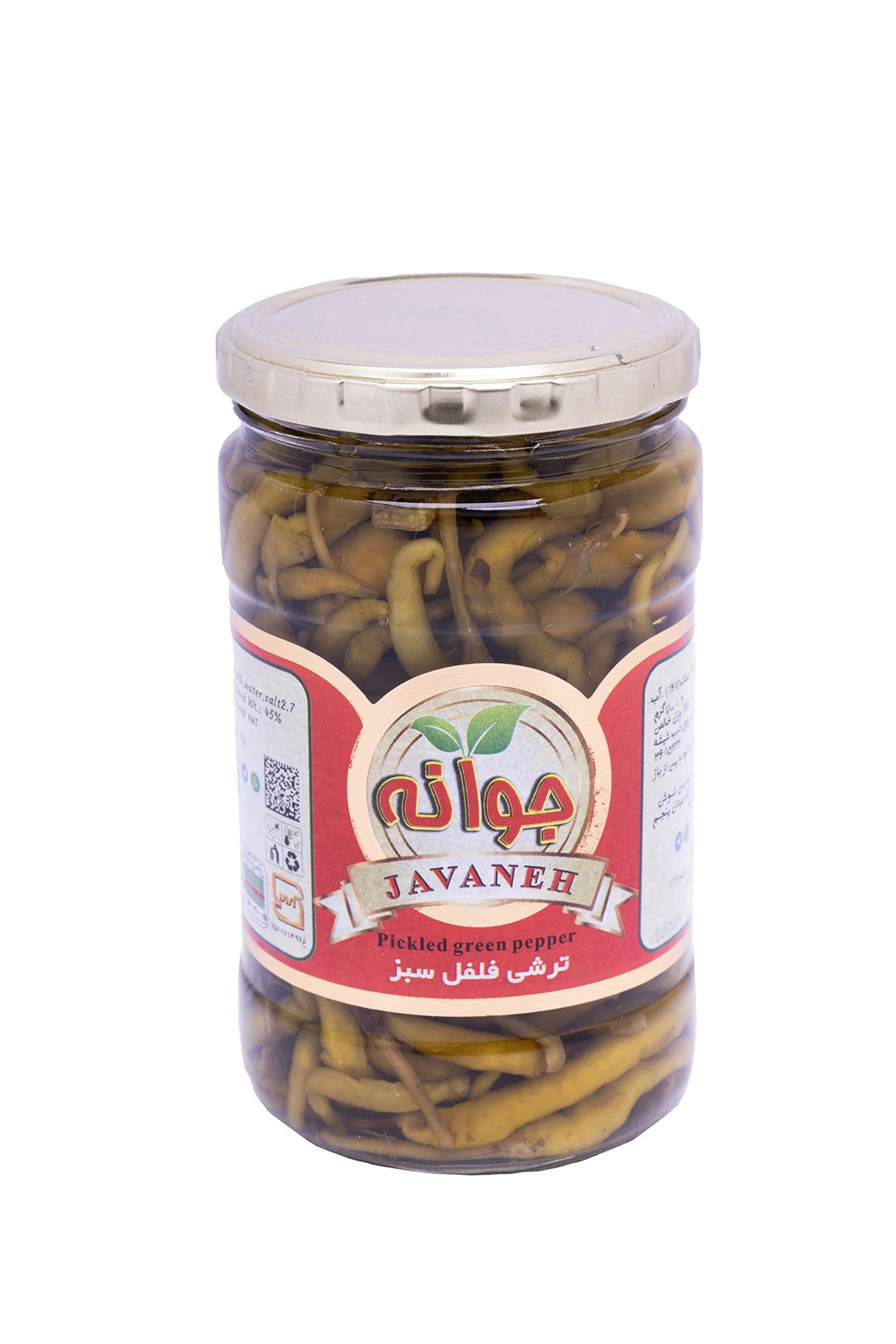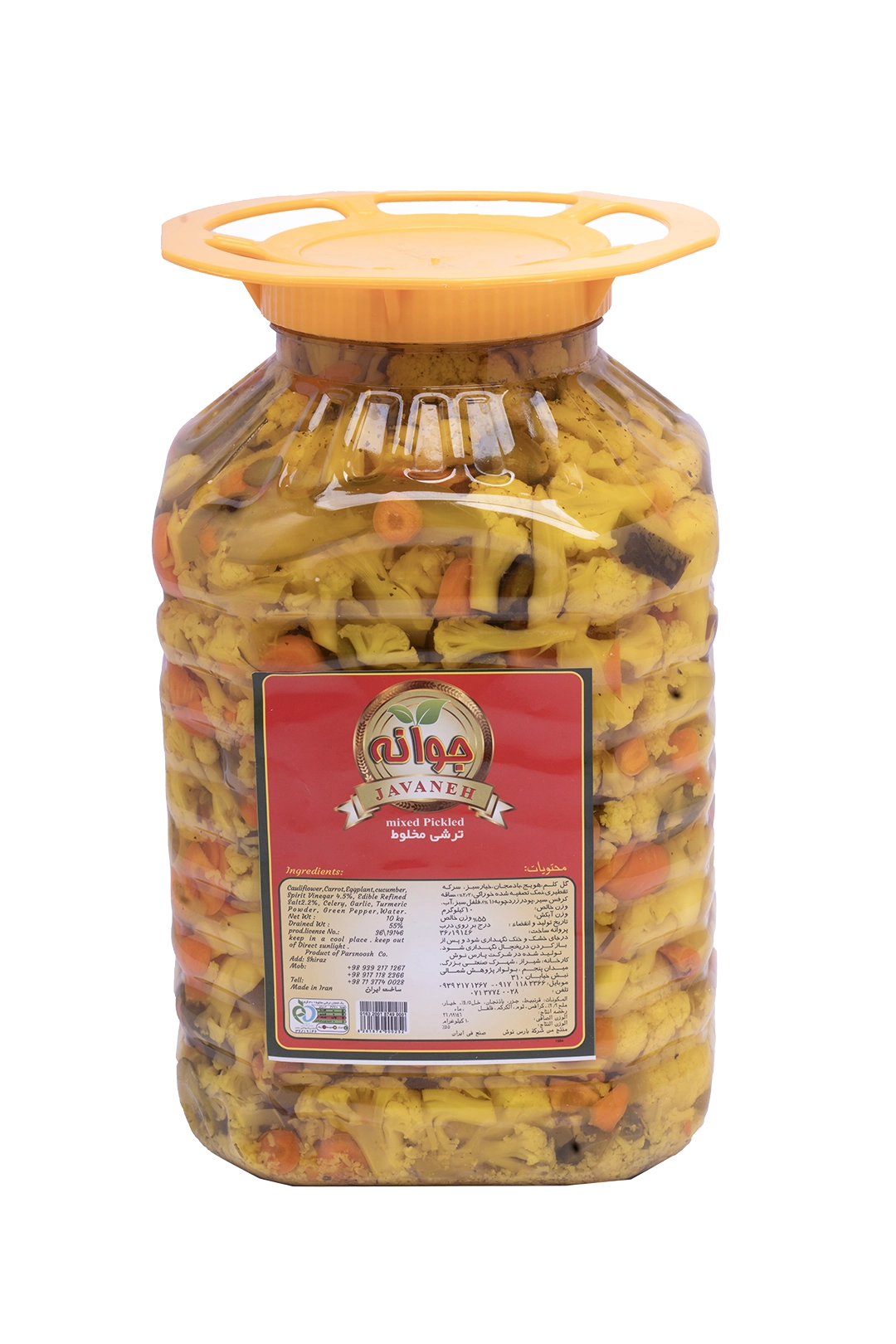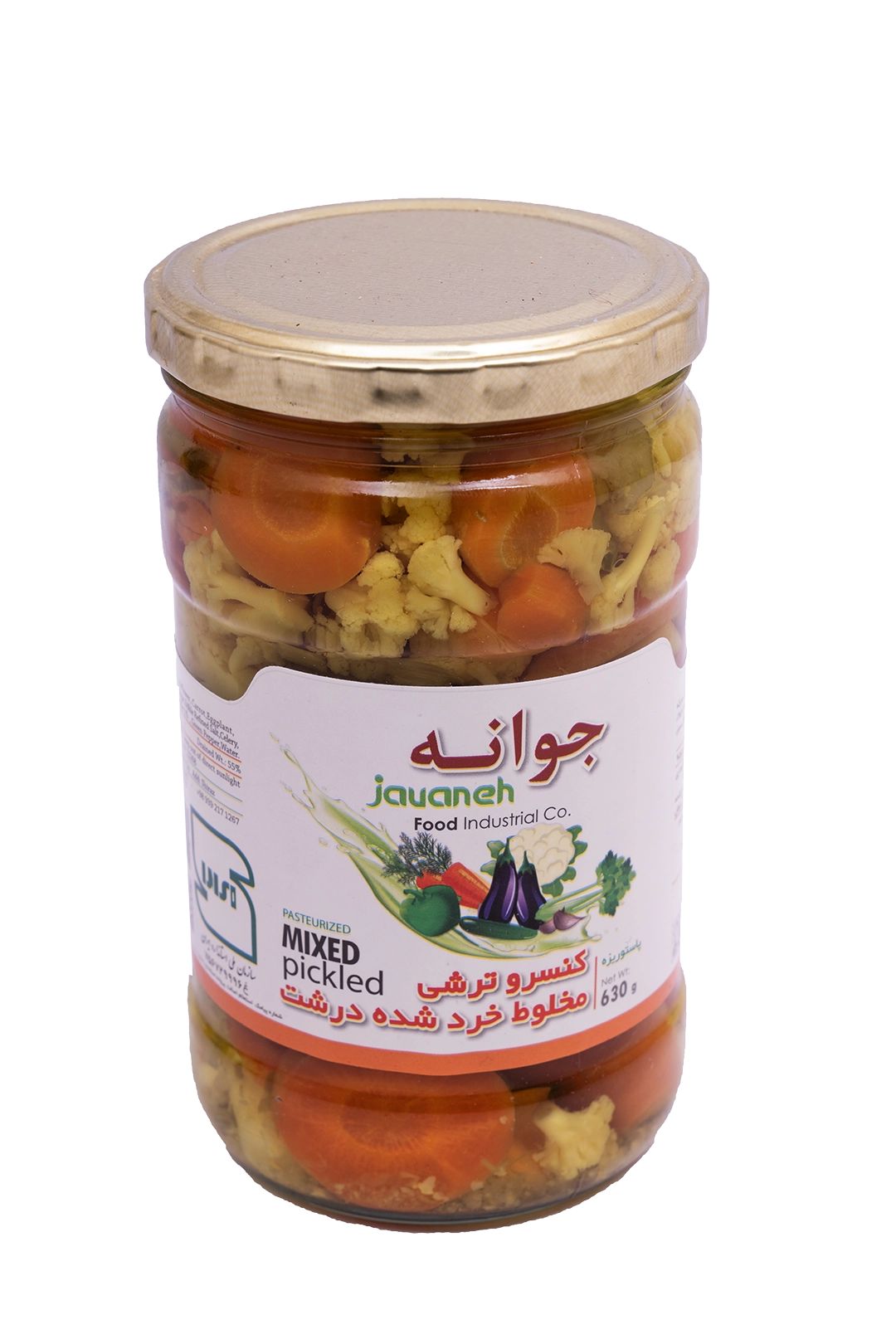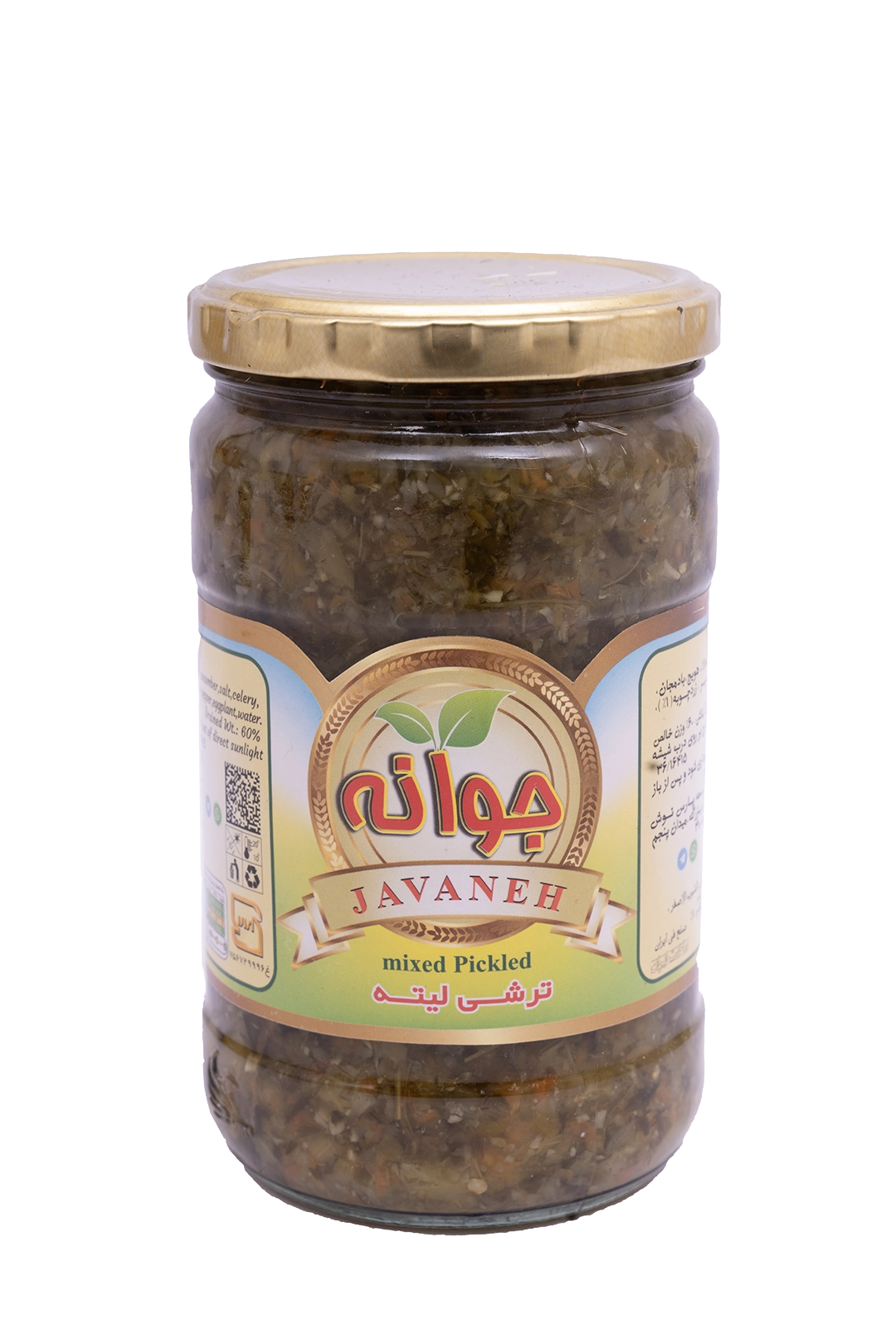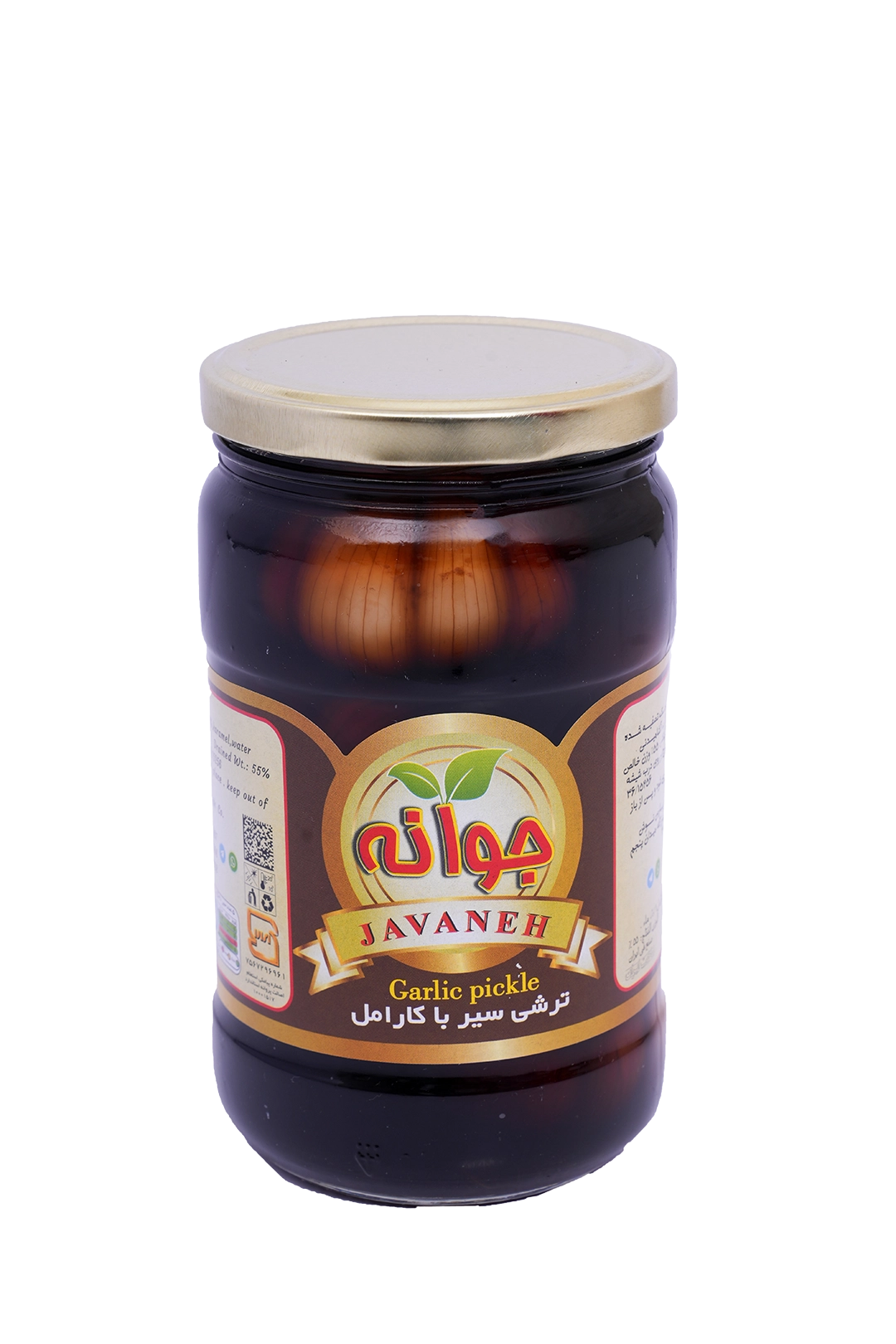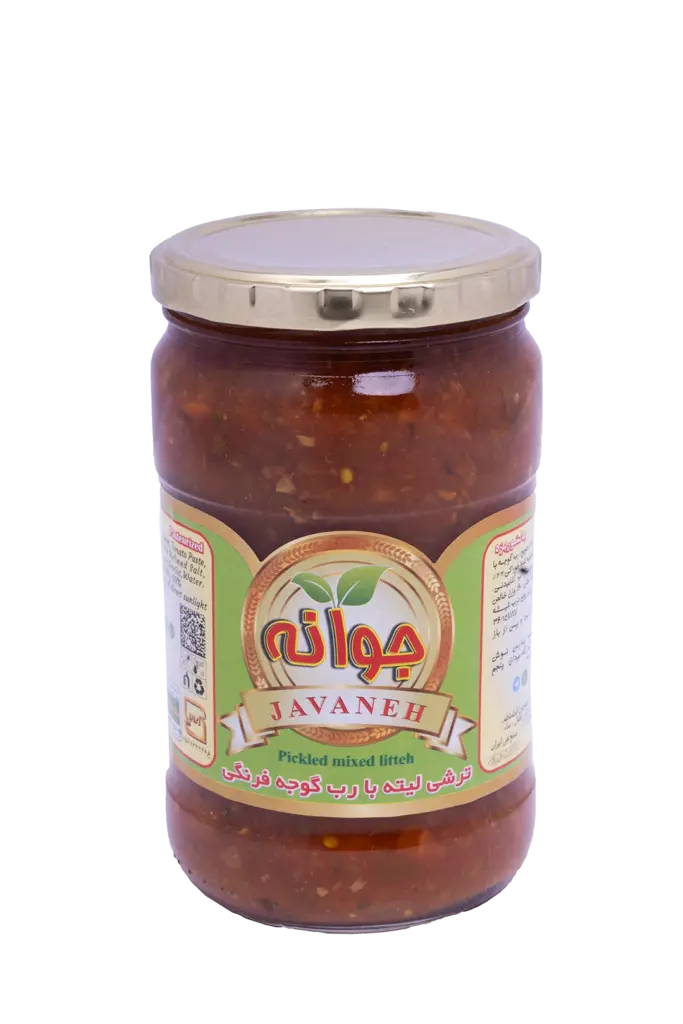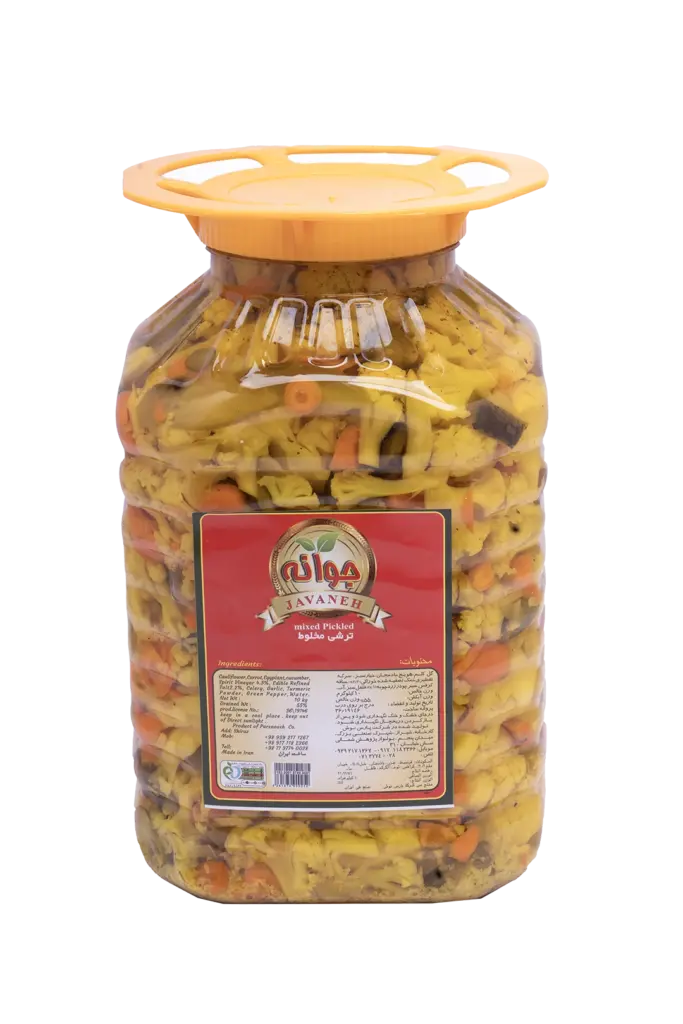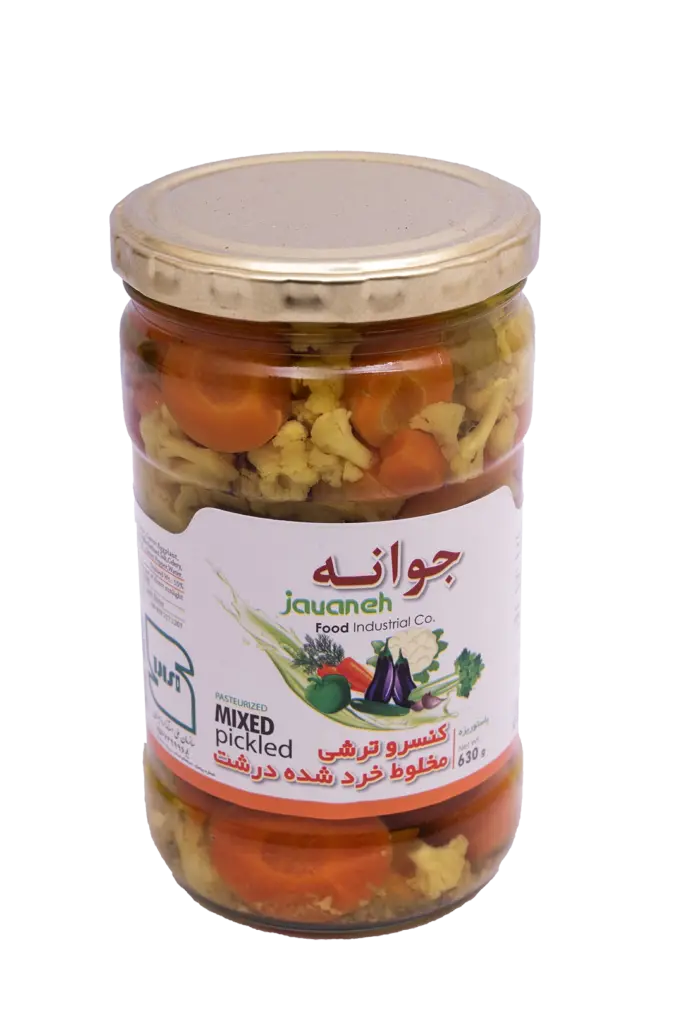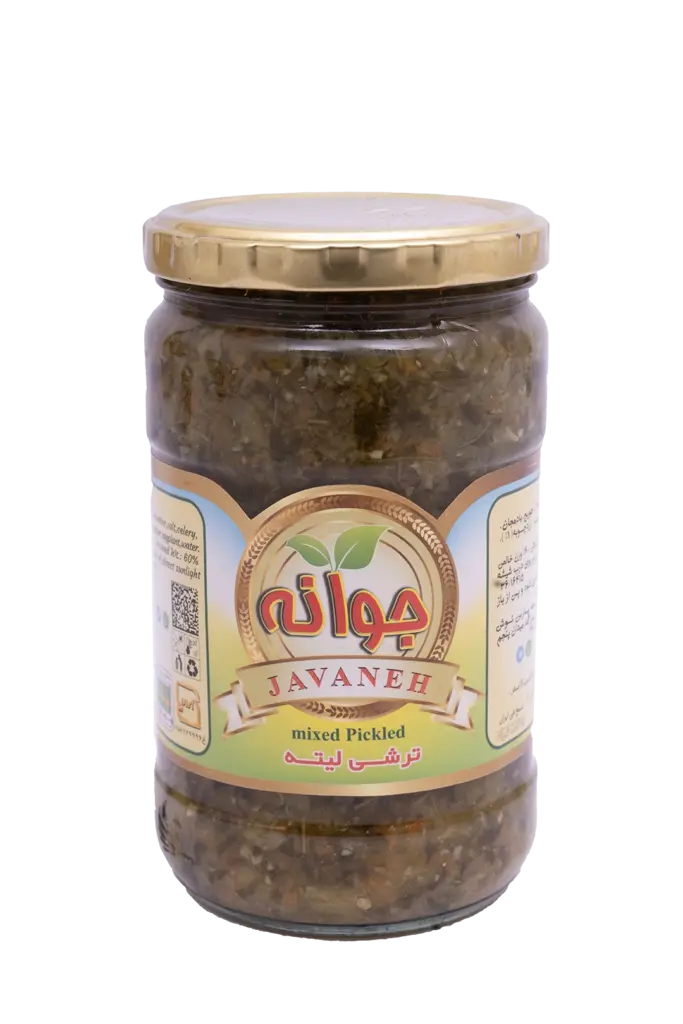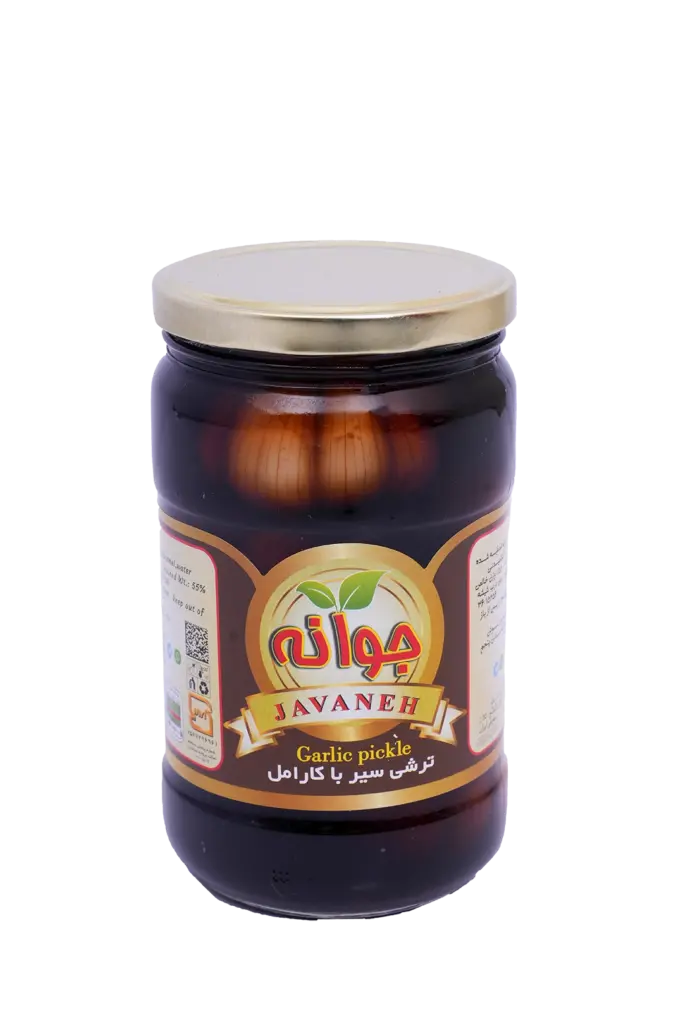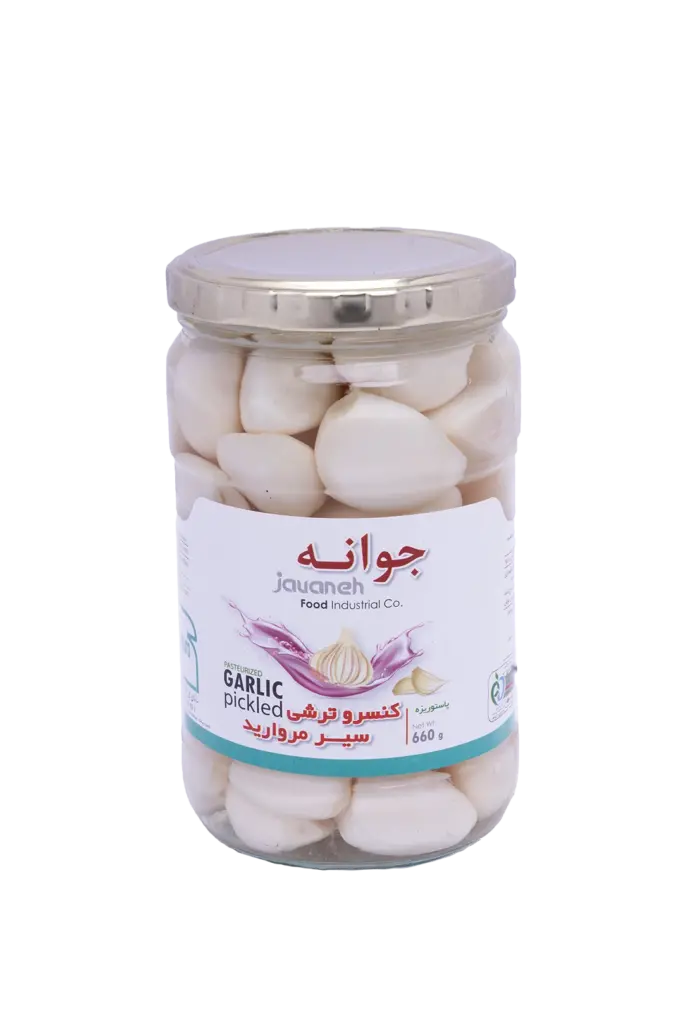Description
Peppers have been part of the human diet since about 7500 BC and are one of the oldest cultivated plants in America. Peru has the largest variety of cultivated peppers. The country of Bolivia is the place where the most variety of wild peppers are consumed. In Iran too, this product is grown in different places, among them, the village of Farmod, a tourist destination, is one of the (most important) centers of pepper cultivation and production in the country.
The reason for the spiciness in the mouth by pepper is a substance called copisacin. Copisacin and a number of other similar compounds produced by some plants of the genus Capiocamen repel some herbivores. Capsaicin is a type of alkaidolysis that is found in some plants such as pepper, which is a stimulant for the skin and mucous membrane, and is also used to prepare a variety of drugs that are used to relieve some pain. When this substance hits the oral mucosa, the brain mistakenly feels that part is hot.

